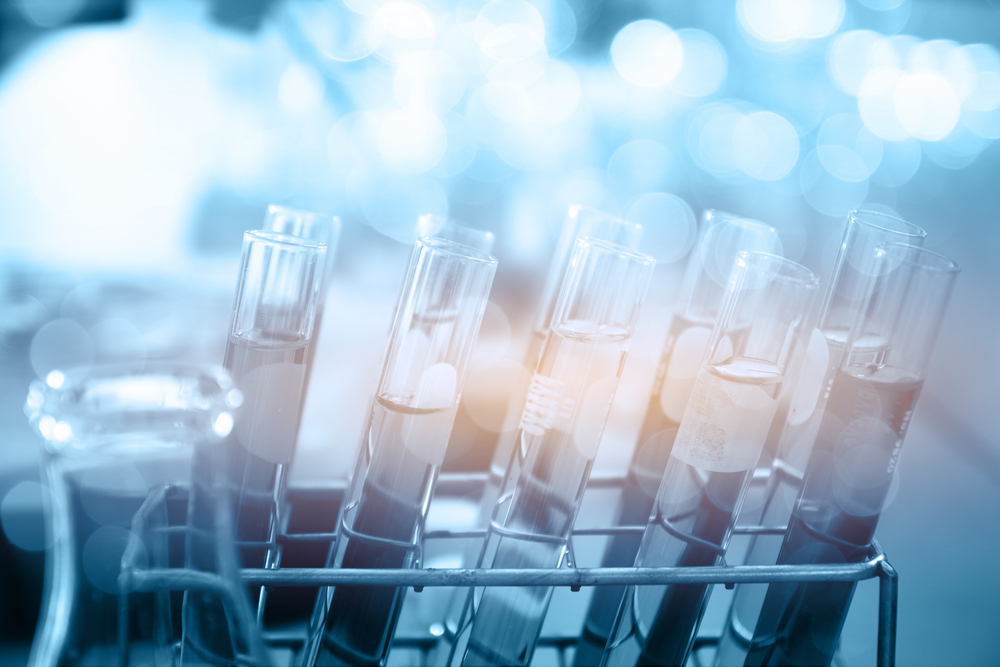Despite all of the research into fertility and reproduction, surprisingly little is known about the individual cell structures involved. The latest research into this area could lead to improvements in fertility treatments and their success rates.
The latest discovery relates to sperm cells and their structure. A new imaging technique called cryogenic electric tomography (cryo-ET for short) allows researchers to see cells in 3D – this gives them unprecedented insight into how cells move and interact with each other. This additional dimension allowed researchers to see a new helix structure at the tip of the sperm cell’s tail, which had never been seen before.
The study has been published in Scientific Reports, and could provide insights into why some sperm cells move better than others. This insight into sperm morphology and movement could help scientists to develop new drugs for fertility problems, contraception, and even boost the results for existing treatments.
Male fertility problems are often related to sperm quality – low motility sperm or poorly formed sperm severely impact the chances of natural conception, and since at least a third of fertility problems are attributed to the male partner this could be a breakthrough for many people who are trying to conceive.
Davide Zabeo, a doctoral student at the University of Gothenburg, said, “There are not many applications of the technique that have been explored yet. This shows how much can be learned and observed just by using these techniques.”

